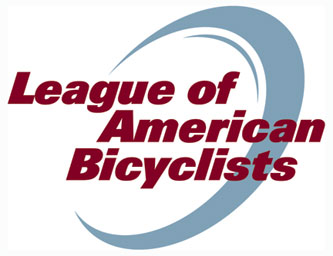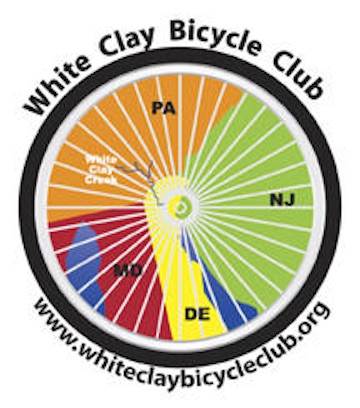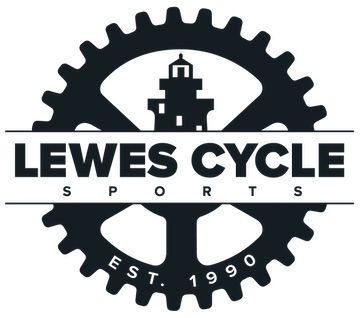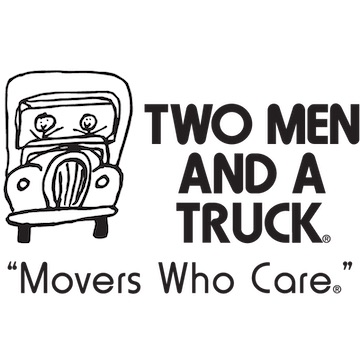LAB Calls for MUTCD Reform


The Manual on Uniform Traffic Control Devices, or MUTCD, defines the national standards used by road managers for all traffic control devices, including road markings, highway signs, and traffic signals, on all public streets, highways, bikeways, and private roads open to public traffic. The MUTCD is maintained and updated by the Federal Highway Administration.
The National Committee on Uniform Traffic Control Devices, or NCUTCD, is an outside advisory committee to the FHWA.
March 12, 2013 response from League of American Bicyclists to FHWA proposal to split the MUCTD in two parts :
The League of American Bicyclists represents the interests of millions of cyclists in communities across the country. We are a national membership organization, founded in 1880, with more than 300,000 members and affiliates in more than 900 state and local organizations. Our mission is to promote and protect the rights of cyclists, and to encourage more people to ride for fun, fitness and transportation. We are an active member of the National Committee on Uniform Traffic Control Devices.
We appreciate the efforts of FHWA in seeking to improve the efficiency of updating the Manual of Uniform Traffic Control Devices, and appreciate the opportunity to comment on their proposed solution. We certainly agree that there is a problem with the current process – particularly in the field of bicycle engineering. In the last 20 years, there has been a dramatic increase in interest in this area: more research, more funding, more implementation of projects at the state and local level, and more bicycling on our nation’s streets and highways. The technical information in manuals such as the MUTCD has singularly failed to keep up with these changes, leaving practitioners without the tools and resources they need to implement policies and programs in the field. This is especially true in urban areas across the country.
In our view, it is not necessarily the size of the manual that is the problem, but the process by which it is updated. Splitting the manual in two may not address that core problem.
Indeed, we are concerned that a two-part manual will
a) not improve the process,
b) set up a conflict and more contentious process for determining what goes into each part of the manual, and
c) risk creating a duplication of material that has to repeated or referenced in both parts.
We consider the splitting of the manual into two parts to be an option of last resort, and we wonder if there are perhaps other significant changes to the existing process that could prevent the need for this drastic step.
Why is the current process not working?
We believe there are several reasons why the current updating process for the MUTCD is not working.
1. The experimentation is process is relatively easy and quick to get started – and Federal Highways has been much more responsive and helpful in recent years. However, the process is really hard to complete conclusively because of a lack of research and evaluation funding and staff – especially for cities. We have heard repeatedly that cities would love to properly research and evaluate their experimental designs, but simply can’t afford the time, staff or money to do so to the standard desired.
2. There is a significant lack of synchronization between the FHWA and NCUTCD processes to review and recommend updates to the manual. FHWA rightly relies on the considerable technical expertise and guidance of the NCUTCD for recommended changes to the manual. However, the NCUCTD has a cumbersome approval process – with infrequent meetings and a laborious process for review and comment. If this process is even slightly out of sequence with the FHWA approval process for the Manual, it can result in material failing to make it into the Manual in anything close to a timely manner. This has meant, in the bicycle field, that relatively few proposals ever make it to FHWA for the “next” edition.
3. The interim approval process has been used very sparingly. The interim approval process is a potentially useful tool for enabling new signs, signals and markings to enter the marketplace more expeditiously – but it has not been used very often.
4. Currently, the approval of the “next” manual is an all or nothing affair: the entire Manual is reviewed and approved at the same time. This is an unwieldy, time consuming, intimidating and lengthy process that pretty much ensures the document is out of date the moment it is published. This also ensures that the number of comments generated by the process is enormous and daunting when all compiled and addressed at one time. If separate sections were updated when necessary, or if only those sections being changed were put through the review process, some of this may be avoided without splitting the manual in two.
5. The fact that the Manual is a print document at all is now an anachronism. We believe it is time to adopt a more flexible and immediate on-line format for the MUTCD.
6. Another fundamental issue that the FHWA proposal does nothing to address is that the NCUTCD – upon which FHWA relies – is archaic and dominated by members and officials from State Departments of Transportation. In 2013, much of the momentum for transportation investment is in urban areas, and in the transformation of suburban areas into more livable, compact mixed use neighborhoods with centers. The rural and suburban street designs of the 1950s are no longer relevant or useful to the creation of intermodal and multi-modal transportation systems – and certainly not to the creation of safe, convenient and attractive places to walk and ride a bike.
What might help to fix it?
We do not believe that splitting the manual into two parts, as proposed by FHWA, addresses these problems. Part IX, the bicycle section of the manual, is already predominantly comprised of the standards that would be in the proposed regulatory section of the Manual. Practitioners in the field of bicycle transportation already rely on an extensive addendum of manuals, guides and best practices – such as the AASHTO Guide for the Development of Bicycle Facilities and the NACTO Urban Bikeway Guide.
Instead, we would suggest FHWA explore the following options:
a) Establishing a research and evaluation fund/program at FHWA to assist with the evaluation of proposed new signs, signals and markings. This might be funded from resources currently allocated to the various research and pooled-fund research programs currently managed by FHWA, AASHTO, and the National Academy of Sciences. We would further recommend this be targeted towards helping cities evaluate innovative solutions.
b) Increase the use of the interim approval process to enable new signs, signals and markings to be used more rapidly after their development and experimentation.
c) Update the Manual annually – but focus on just those parts that need to be changed or updated. With a more flexible format, it would not be necessary to update the entire manual in one go.
d) Adopt a more flexible format for the MUTCD so that the rulemaking process can be applied to individual devices, treatments, and sections that can be approved independently.
e) FHWA should review the value of the current processes employed by the NCUTCD to ensure all technical committees are delivering current, applicable advice and recommendations in a timely fashion.
Andy Clarke
President
League of American Bicyclists
RELATED:
• Combined Bike Lanes/Right Turn Lanes Leaps Forward (Delaware Experimental Pavement Marking Not Included in MUTCD)
A Bike Delaware Archive note: This article has been categorized in the following Archive category:









4 Responses
[…] on the Network today: World Streets comments on the inequity of car-based transportation systems. Bike Delaware reports that the League of American Bicyclists is calling for reform of an influential engineering […]
[…] Here’s some explanatory background on the relationship between NCUTCD’s BTC (Bicycle Technical Committee) and the FHWA’s MUTCD. so many acronyms. On the same blog, the reproduced a LAB proposal to update MUTCD procedures. […]
[…] 2013, the League of American Bicyclists called for the MUTCD to reflect current thinking about the design of bike infrastructure. Advocates were frustrated by […]
[…] 2013, the League of American Bicyclists called for the MUTCD to reflect current thinking about the design of bike infrastructure. Advocates were frustrated by […]